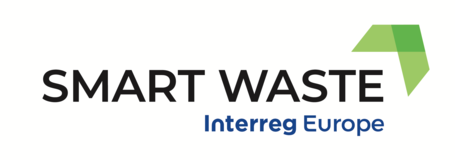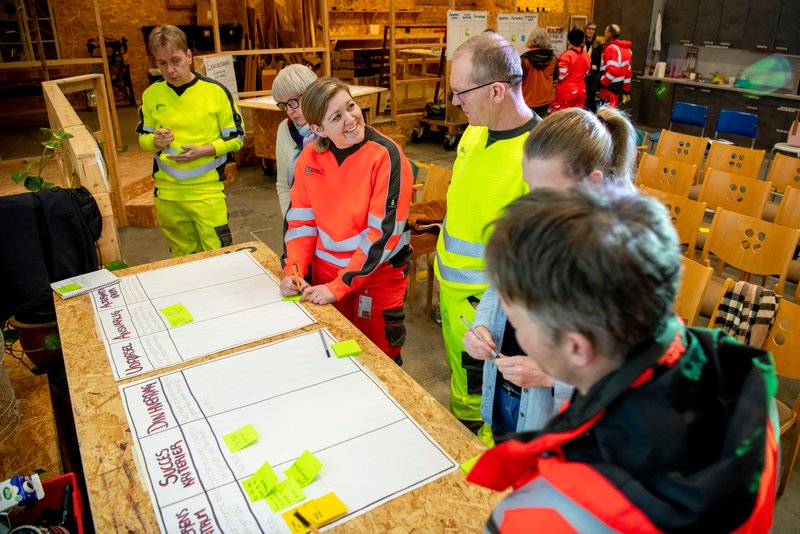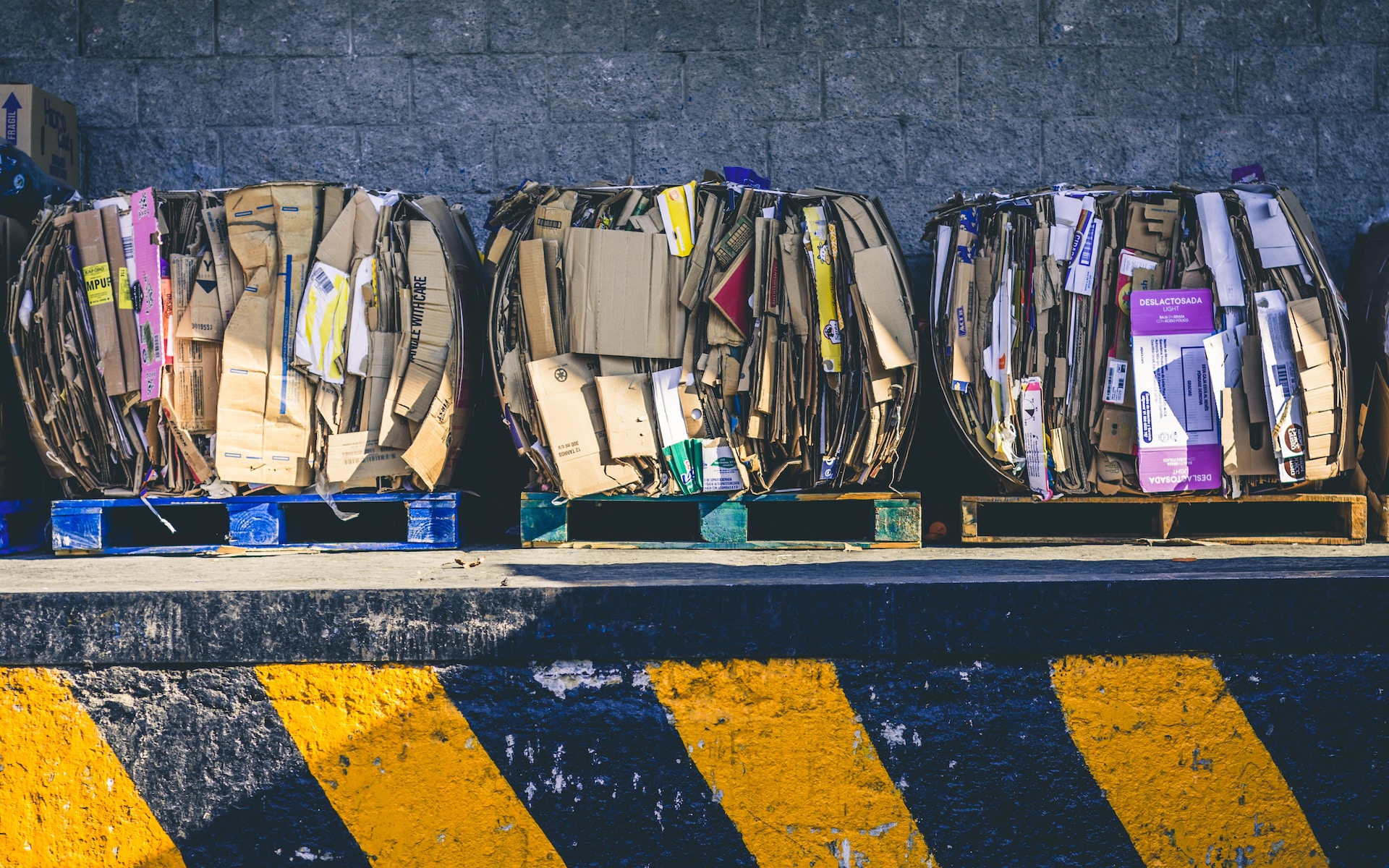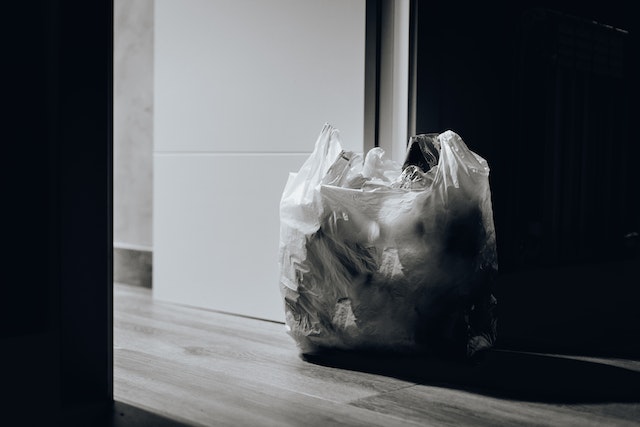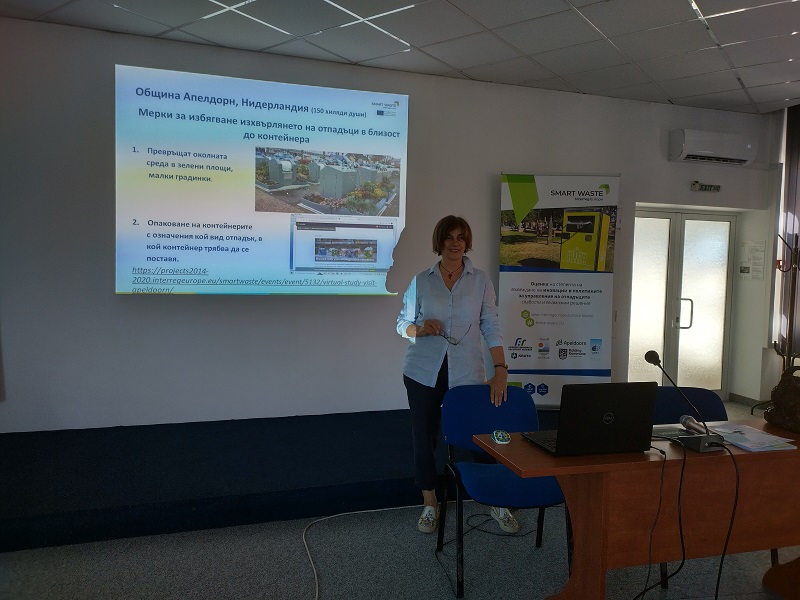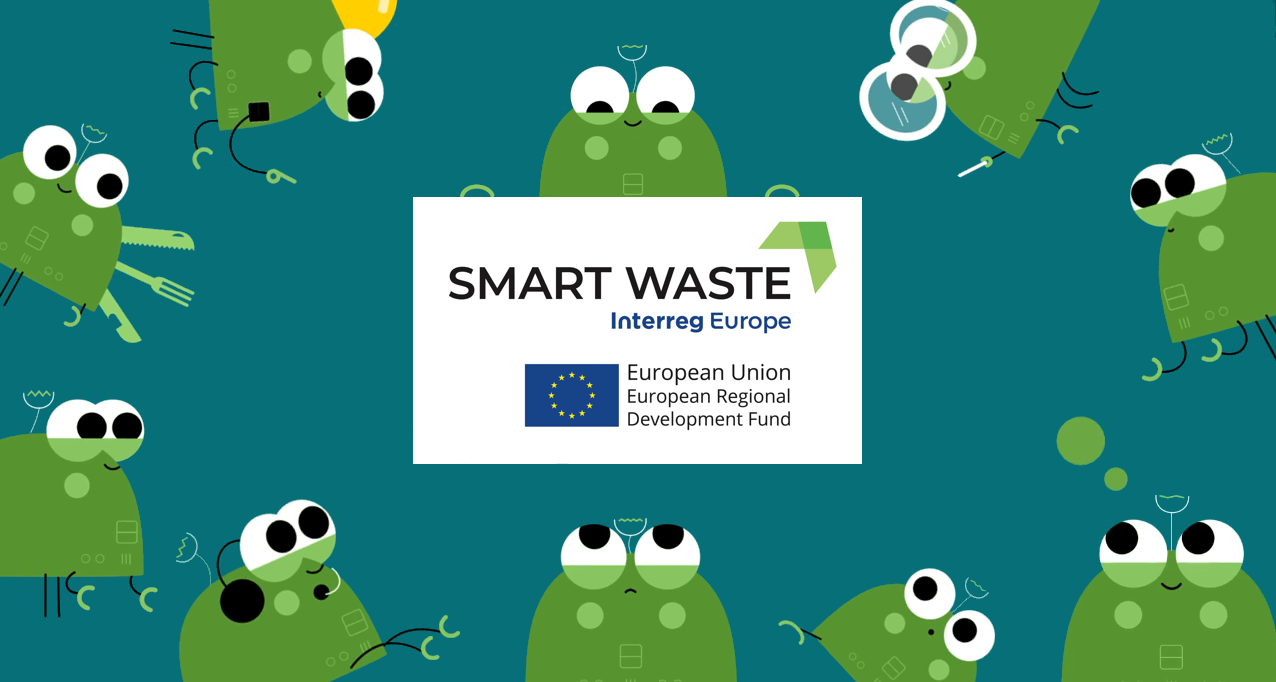From July to October 2021 the European Commission (EC) had opened a public consultation for citizens, economic operators, NGOs and public administrations with knowledge and/or interest about end-of-life vehicles.
The public consultation follows up an evaluation of Directive 2000/53/EC on end-of-life vehicles carried out in 2021, since it highlights some shortcomings of the ELV Directive, such as:
- Flaws in the national vehicle registration systems, lack of interconnection between the Member States on registration and de-registration of vehicles;
- Need for more detailed provisions of the ELV Directive to support the design of new vehicles to facilitate their dismantling and recycling and the use of recycled materials;
- The absence of separate target for re-use;
- The scope of the ELV Directive leaves out a stock of about 45 million of vehicles, e.g. motorcycles and trucks;
- The ELV Directive is not suited to ensure a high level of recovery and recycling of increasingly used valuable materials, such as gold, silver, palladium, tantalum and other rare earth metals, contained in the electric and electronic components;
- There is no fully extended producer responsibility system established by the ELV Directive;
- The ELV Directive must ensure better coherence with the European Green Deal and the Circular Economy Action Plan, notably in eco-design of vehicles to facilitate re-use, remanufacturing and recycling, promotion of more ambitious and specific targets for reuse and recycling, and use of recycled content materials in manufacturing of vehicles;
Following up on the evaluation and the public consultation, the EC is now working on an impact assessment to support a possible revision of the ELV Directive. The review of the ELV Directive is expected to result with a legislative proposal in 2022.
ELV management is both a challenge in terms of environmental protection and an opportunity to foster circular economy principles for different valuable materials.
